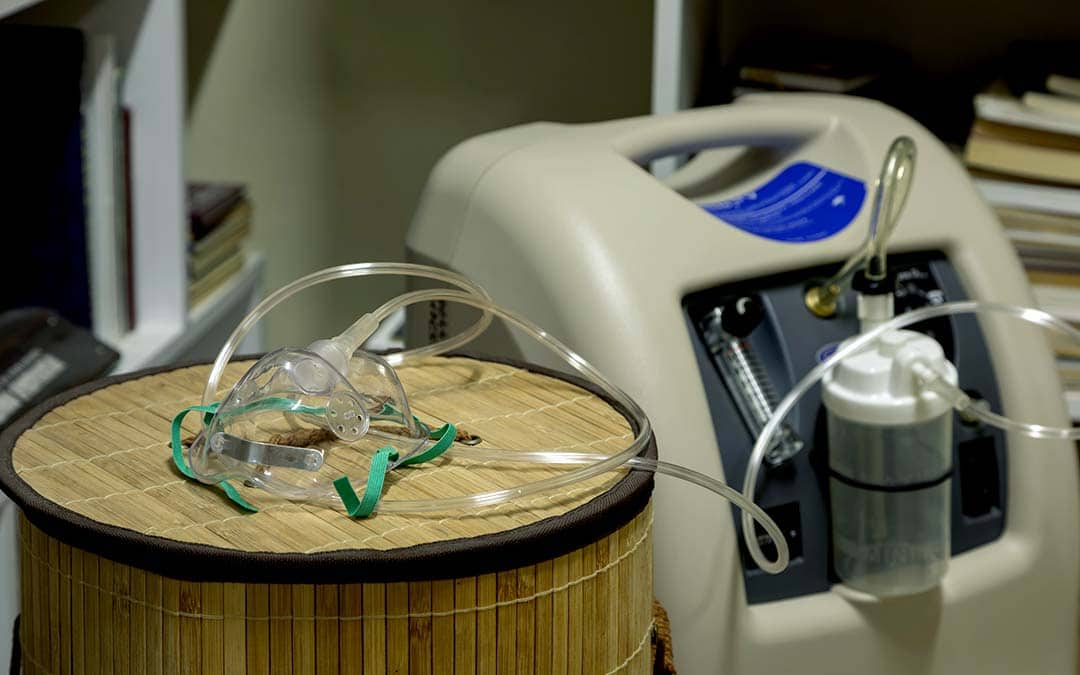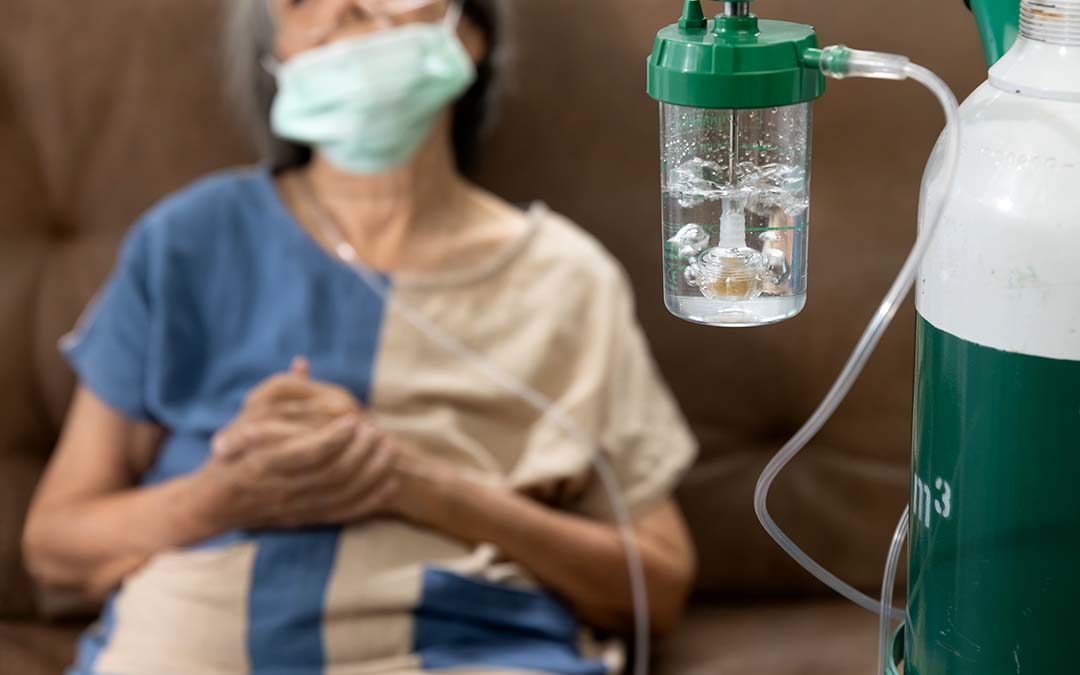A new report shows that the medical gas market is expected to continue growing. Why? The short answer is that medical gases have become more important than ever to treating a wide range of diseases, like asthma, chronic obstructive pulmonary disease (COPD), pulmonary hypertension and COVID-19.
As demand for the important, sometimes life-saving treatments provided by medical gases continues to grow, so is the overall demand for the gases themselves.
Increased Chronic Diseases and COVID-19
The increasing prevalence of chronic respiratory diseases (CRDs) — such as asthma, COPD and pulmonary hypertension — is an attributable reason for the expected growth in the medical gas market. According to the World Health Organization (WHO), COPD accounts for about 6% of deaths annually and is expected to progress to the third leading cause of death by 2030. Additionally, approximately 235 million people have asthma, and WHO projects that the senior population of adults over 60 will double by 2050. The older population’s increased susceptibility to CRDs will likely increase the demand for medical gas. Oxygen and other lung gas mixtures are vital in treating and managing these CRDs.
The COVID-19 pandemic has also considerably influenced the demand for medical gases. Effective treatment of COVID-19 requires long-term oxygen therapy utilizing medical gas, which has led to governments worldwide expanding existing facilities to keep up with the oxygen demand.
Demand for Home Healthcare

The aging population and the COVID-19 pandemic have also increased the demand for home healthcare services. Seniors with chronic conditions or disabilities prefer at-home care for more convenient and personalized care than a nursing home or assisted living facility. The COVID-19 pandemic pushed a surge in demand for home healthcare since it can potentially decrease the risk of infection or virus transmission for already high-risk patients by limiting their exposure and avoiding a long-term stay at a healthcare facility.
The Versatility of Medical Gases
Different types of medical gases are widely used in various businesses, namely medical offices, dental practices, veterinary clinics, surgery centers, emergency services, and gourmet food and drinking places. Medical oxygen is the most common gas used for emergency life support and treating conditions such as asthma, pneumonia and sleep apnea. However, medical gases come in other standard forms.
Nitrous Oxide (aka Laughing Gas)
Nitrous oxide, also known as laughing gas, widens arteries and allows increased blood flow through the lungs, relaxing the trachea and bronchioles, which increases airflow and helps the patient feel relaxed. Nitrous oxide is commonly used for dental and surgical procedures, childbirth, and heart and respiratory conditions. Due to its ability to relax the airways and increase blood flow to the lungs, it is also considered a potential treatment for COVID-19 symptoms.
Carbon Dioxide (CO2)
Carbon dioxide (CO2) is commonly used by surgical centers and dental offices. It can expand and stabilize body cavities, making it a popular implement for laparoscopic surgeries and endoscopies. CO2 is also used in CO2 lasers, which are used in many dental offices to allow for more efficient and painless dental procedures. CO2 lasers use a steady output of infrared wavelength, allowing them to cut and coagulate tissue precisely and efficiently, making them ideal for dental procedures such as cutting enamel or bone.
Liquid Nitrogen
Liquid nitrogen’s ability to freeze rapidly makes it an increasingly popular choice for innovative food processing and medical procedures. It can increase the efficiency and quality of frozen or cold food served in restaurants by eliminating bacterial growth and reducing ice crystal formation. It is also effectively used in dermatological procedures, such as the removal of moles and skin grafts.
Compressed Air
Compressed air uses a blend of oxygen and nitrogen that is nonflammable and free of contaminants. It can be administered through a medical gas pipeline system with a compressor or through pressurized medical air cylinders. Veterinary clinics use compressed air to provide anesthetic to animal patients during procedures and surgeries. Inpatient and outpatient surgical centers also use it as a crucial component for administering anesthetic and breathing assistance for patients undergoing surgery.
If you are a business in the Los Angeles area in need of medical gases, CalOx can make it easy to get the gases you need whenever you need them, whether via subscription or delivery. At CalOx, we are more than just oxygen!
Looking at the Future

The medical gas market is expected to increase by 7% to 8% through 2032 as demand for medical gases increases. The projected demand increase is attributable to the aging population; changes to the medical landscape brought about by the COVID-19 pandemic; and the anticipated expansion of CRDs such as asthma, COPD and pulmonary hypertension. These factors have also contributed to the growing demand for home healthcare services. At-home care offers a lower-risk option to patients that are already at high risk for infections and transmissions of viruses by avoiding a long-term stay at a healthcare facility.
At CalOx, we’re committed to continuing to support our customers who need medical gases, even as demand increases over the coming years.
Sources:
https://www.globenewswire.com/en/news-release/2022/06/15/2463281/0/en/Medical-Gas-Market-is-likely-to-strengthen-its-hold-at-an-average-CAGR-of-7-2-between-2022-and-2032-Persistence-Market-Research.html
https://www.ncbi.nlm.nih.gov/pmc/articles/PMC8448390/
https://www.grandviewresearch.com/industry-analysis/medical-gases-market
https://www.definitivehc.com/blog/growing-demand-home-care
https://caloxinc.com/blog/medical-gas-therapy/
https://caloxinc.com/liquid-nitrogen/
https://caloxinc.com/blog/cool-desserts-with-liquid-nitrogen/
